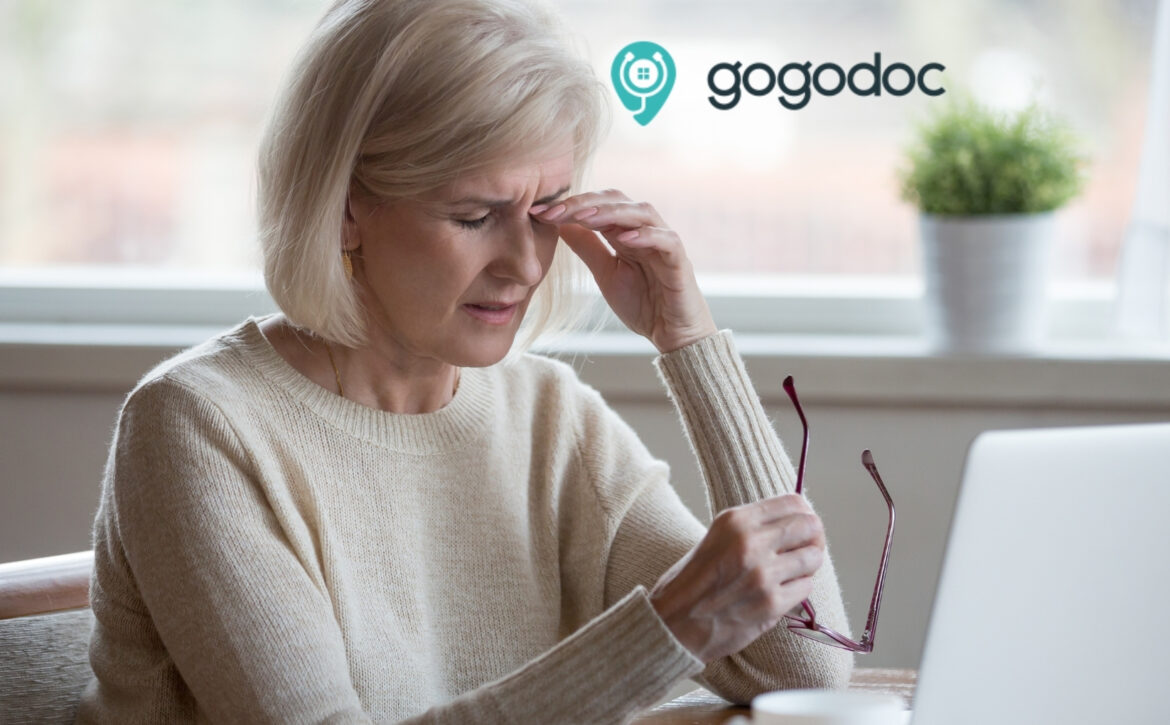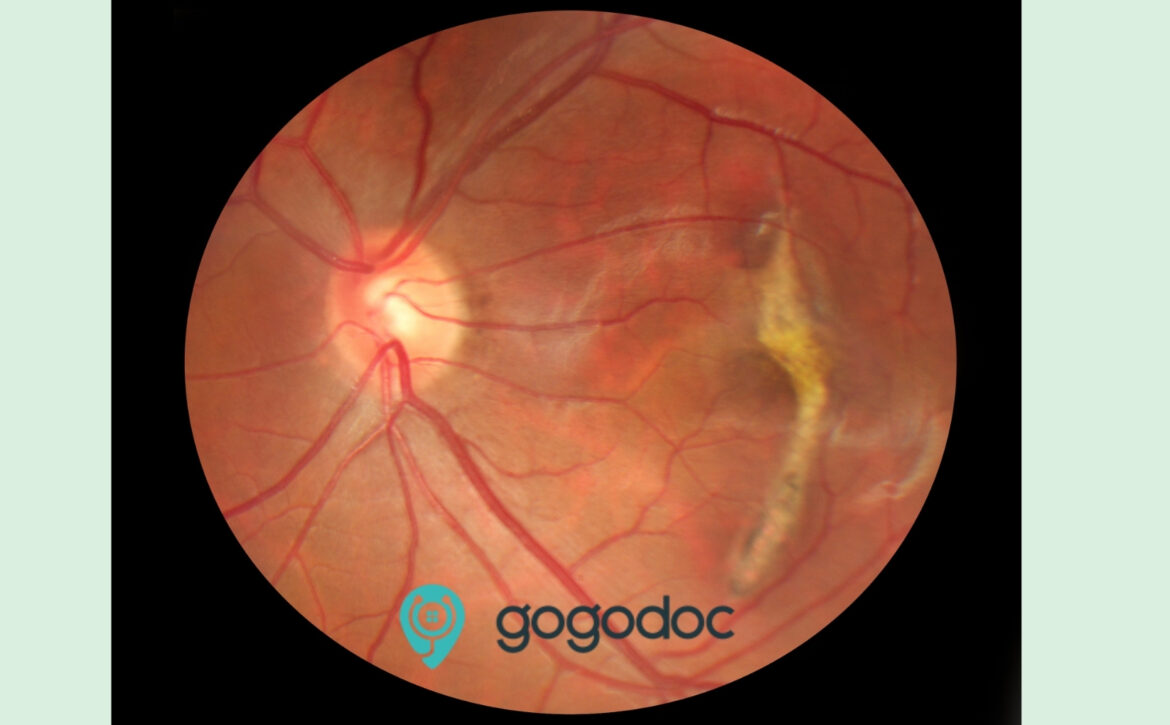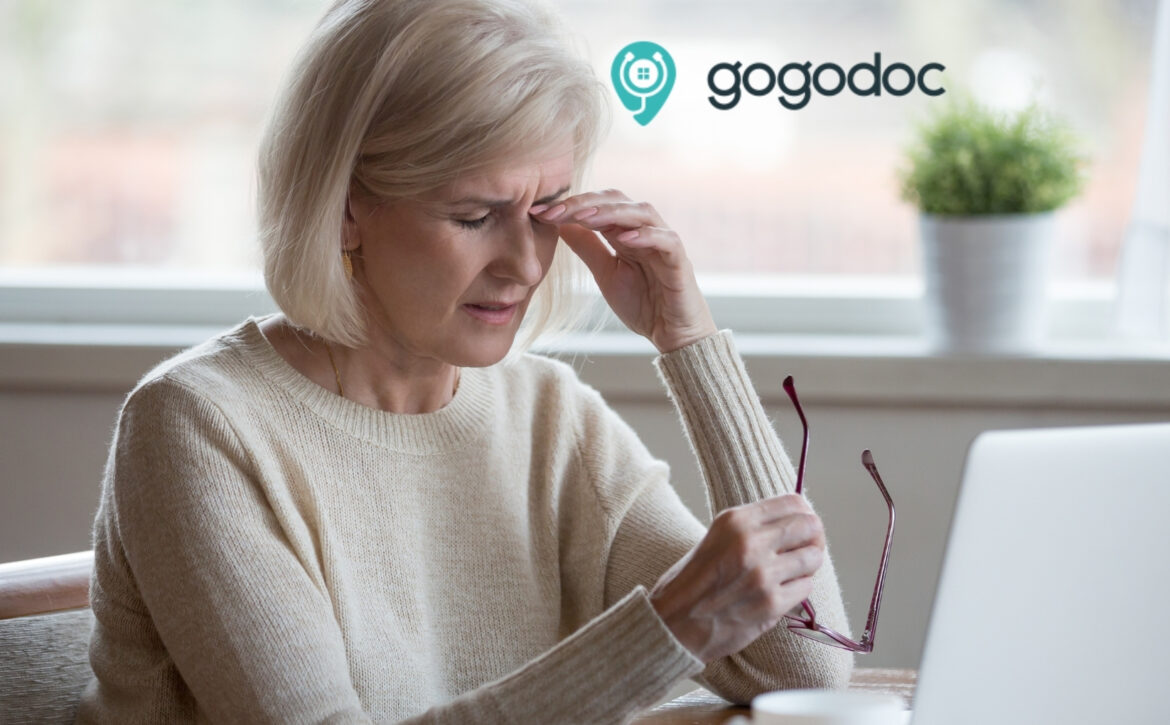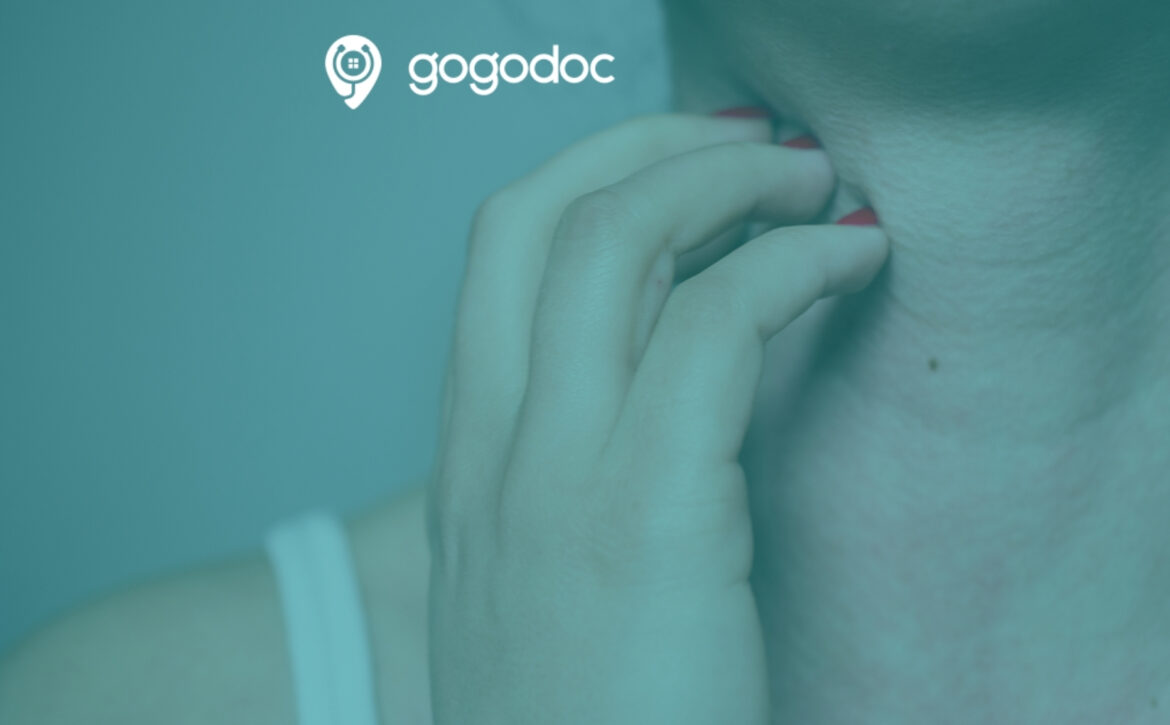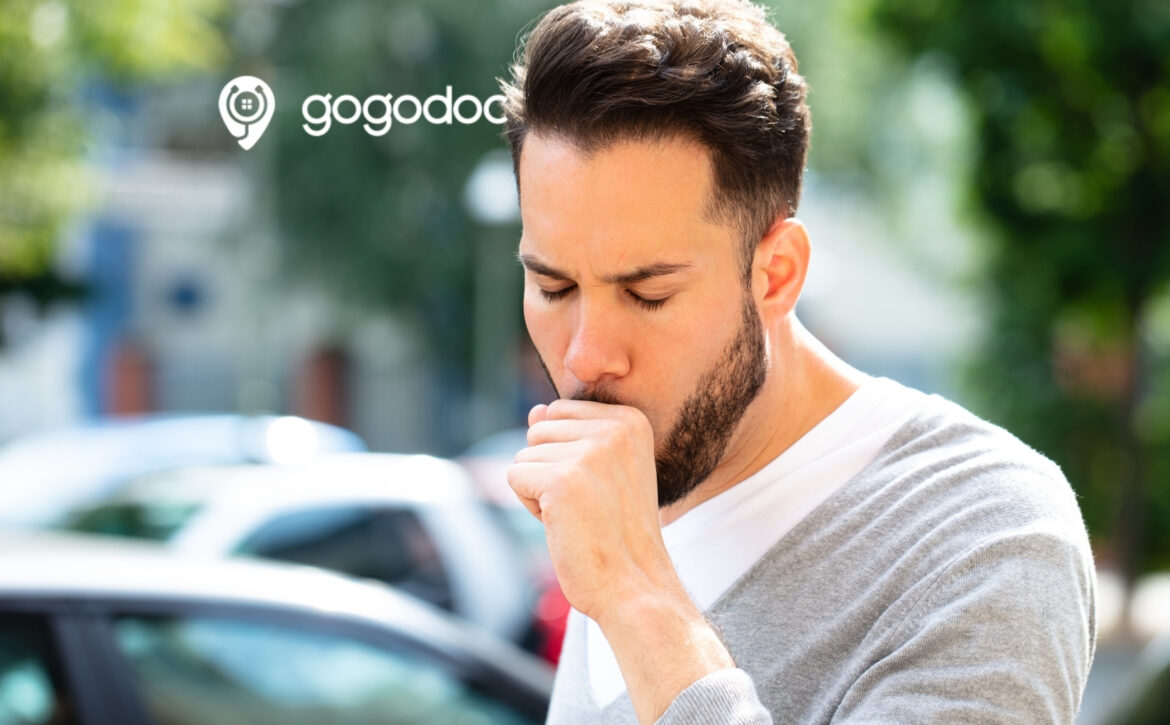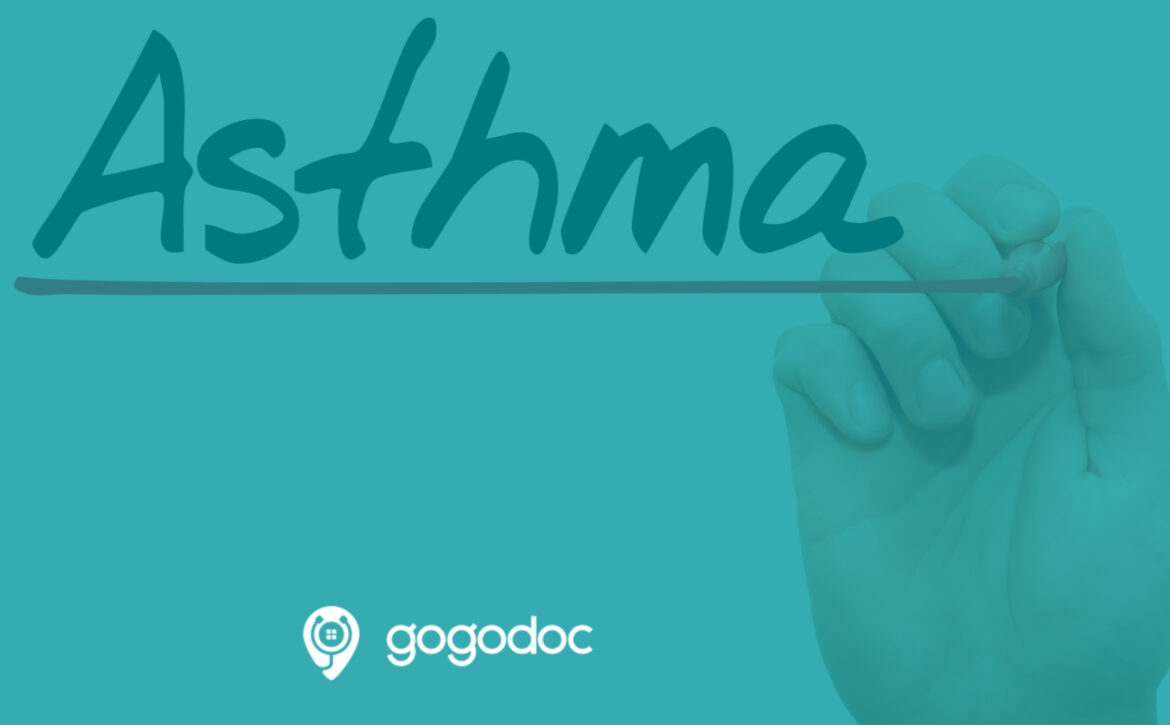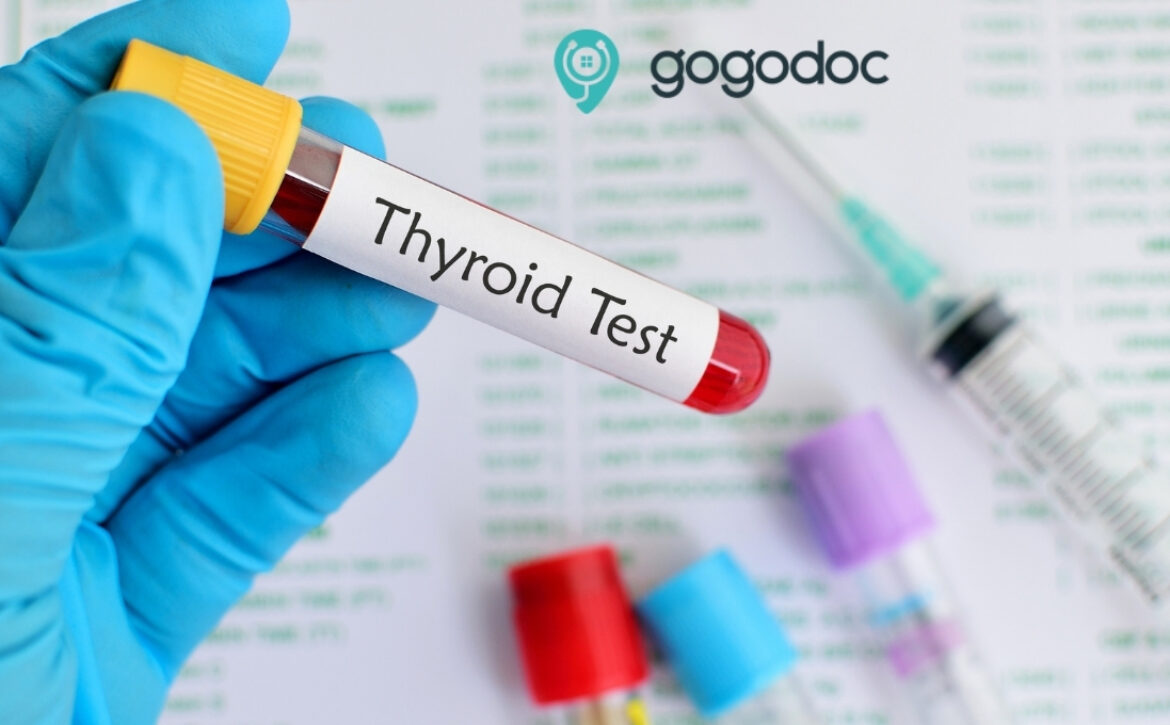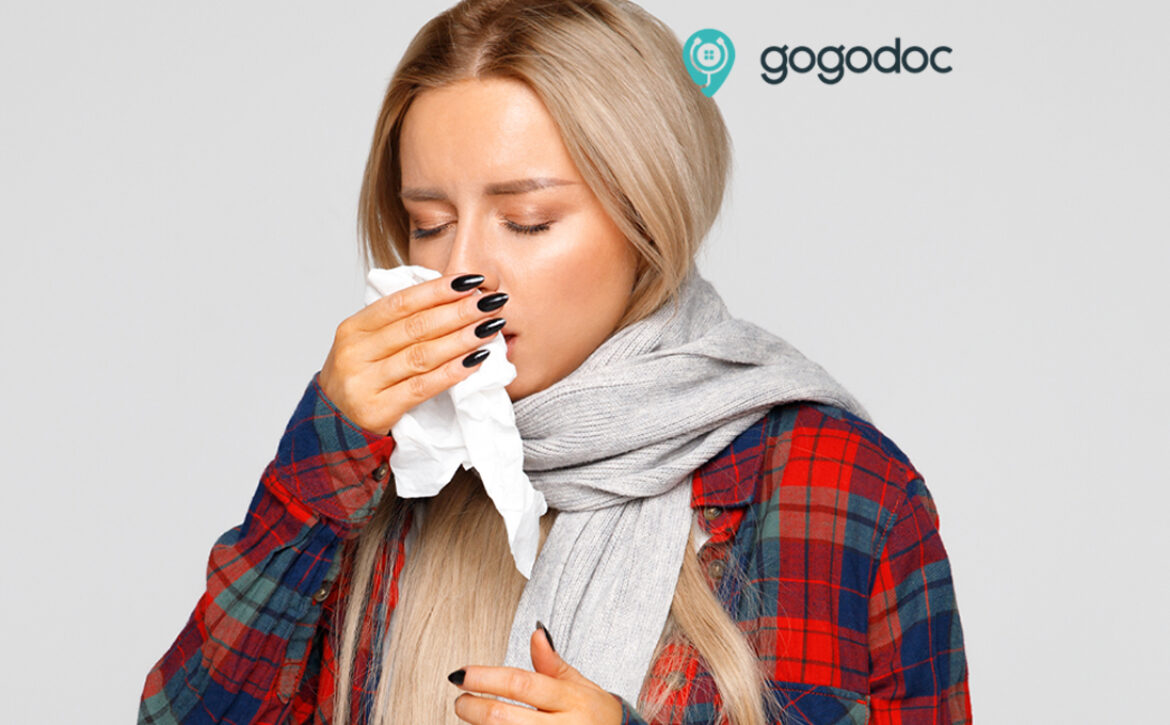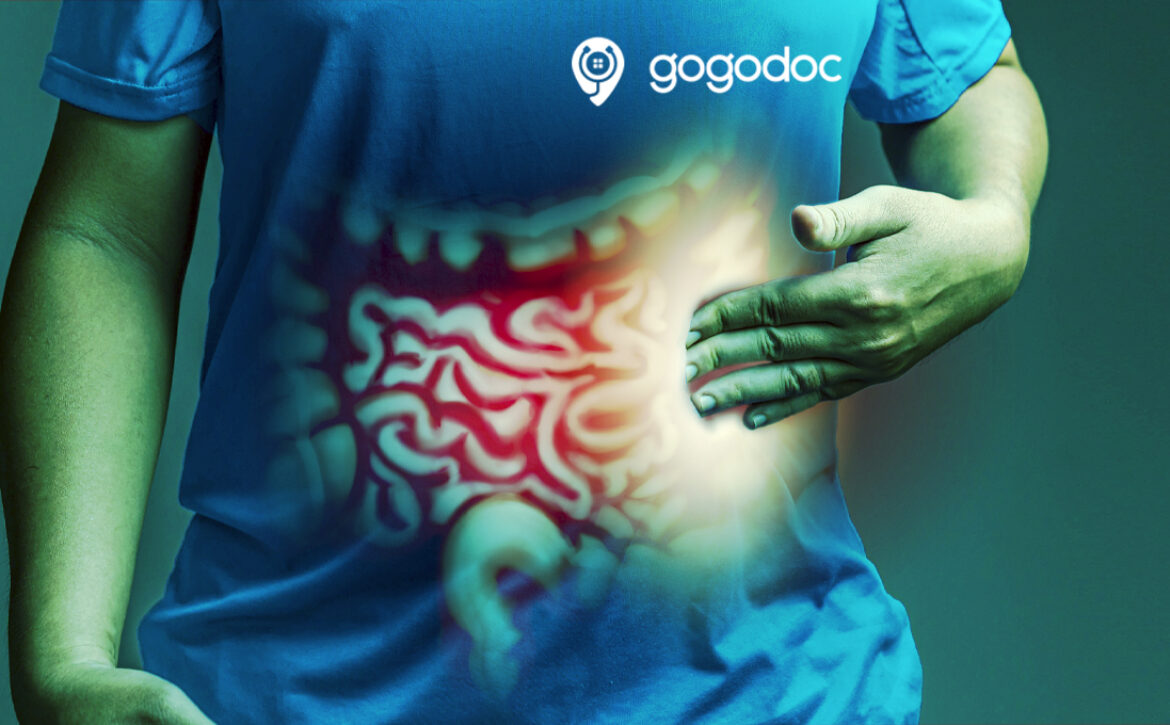Fatigue: Causes, Symptoms, and Treatments
There are times we experience tiredness and lack of energy and this can be relieved by sleep and rest. Some of the reasons are; spending late nights at work, too many late nights, etc. can be some of the reasons. But tiredness and exhaustion that goes for a long time isn’t normal, it may affect your ability to get on with your life.
Fatigue is a lack of motivation or energy, but it’s not the same as simply being drowsy or sleepy. It is when the tiredness is often overwhelming and cannot be relieved by sleeping or resting.
Fatigue is caused by a combination of lifestyle, social, psychological and general wellbeing issues rather than an underlying medical condition.
Causes of fatigue:
- Not enough sleep
- Sleep Apnea
- Eating too little
- Anemia
- Depression
- Hyperthyroidism
- Having too much caffeine
- Experiencing urinary tract infection (UTI)
- Diabetes
- Dehydration
- Food allergies
Common symptoms of fatigue:
Some of the common symptoms of fatigue are;
- Dizziness
- Headache
- Chronic sleepiness or tiredness
- Muscle weakness
- Poor concentration
- Appetite loss
- Lack of motivation and energy
- Moodiness
Treating fatigue:
Fatigue is not a disease, it’s something you can feel and describe. Initially you need to understand the underlying reason for your fatigue.
To find ways of relief then consider speaking to a health specialist regarding your fatigue. If necessary, your doctor might suggest certain medical tests if there’s a reasonable chance the cause of your fatigue may be due to an undiagnosed medical issue. Such as Anemia, Thyroid Dysfunction.
Some of the other measures that can be taken to reduce fatigue are;
- Get enough of sleep
- Practice healthy eating habits
- Stay hydrated (drink enough of fluids)
- Exercise on regular basis
- Abstain from alcohol or other drugs
‘Ask Gogodoc About’ is an educational series providing information on various symptoms, pains, and disorders. (*intended for educational purposes only. If you are experiencing symptoms, please reach out to book an online GP consultation with a Gogodoc GP.) Talk to a doctor online at a time that suits you from home with a phone or video appointment. You can easily book an appointment with a GP.
Book a video consultation today, and get expert advice!


